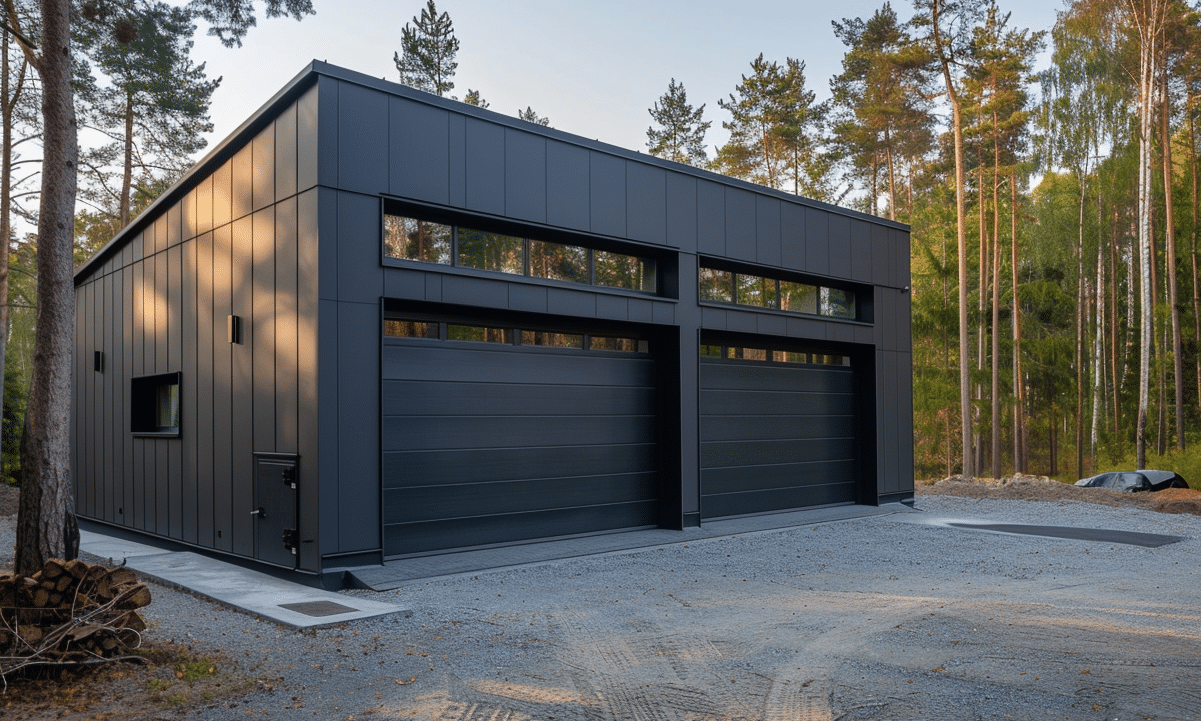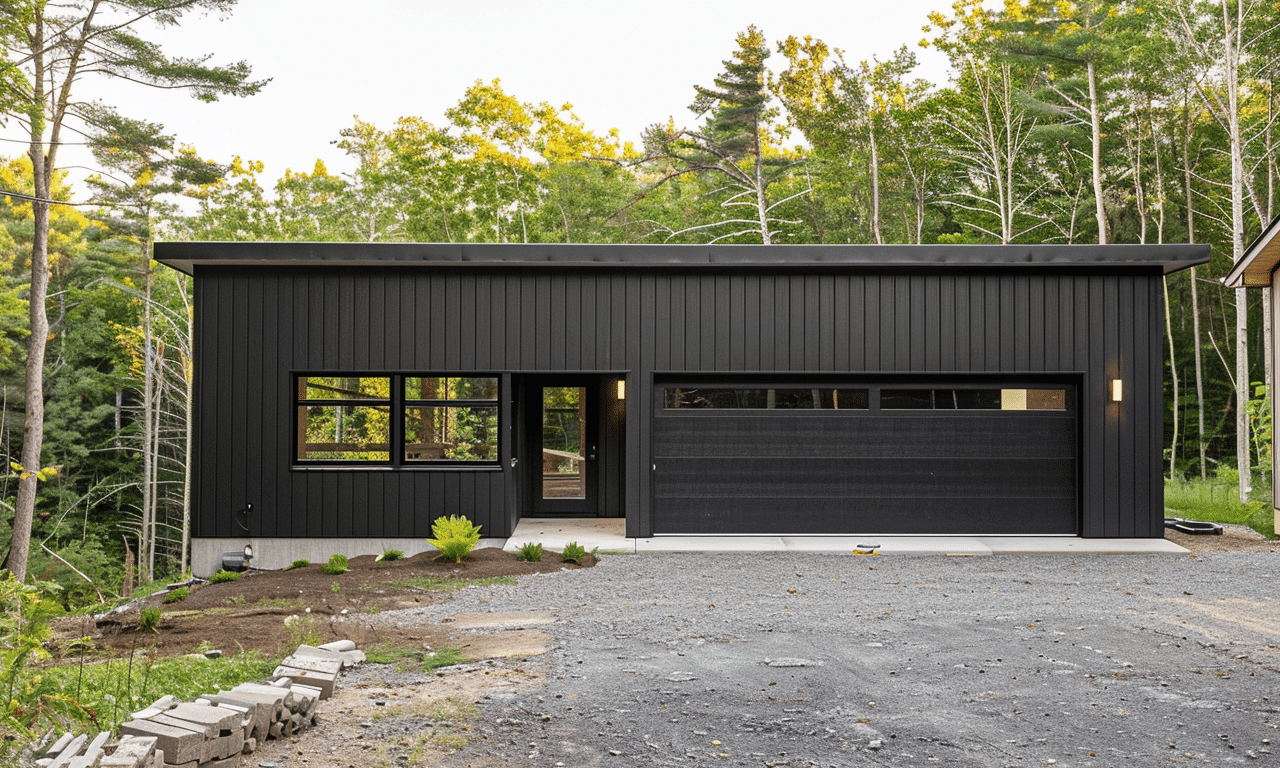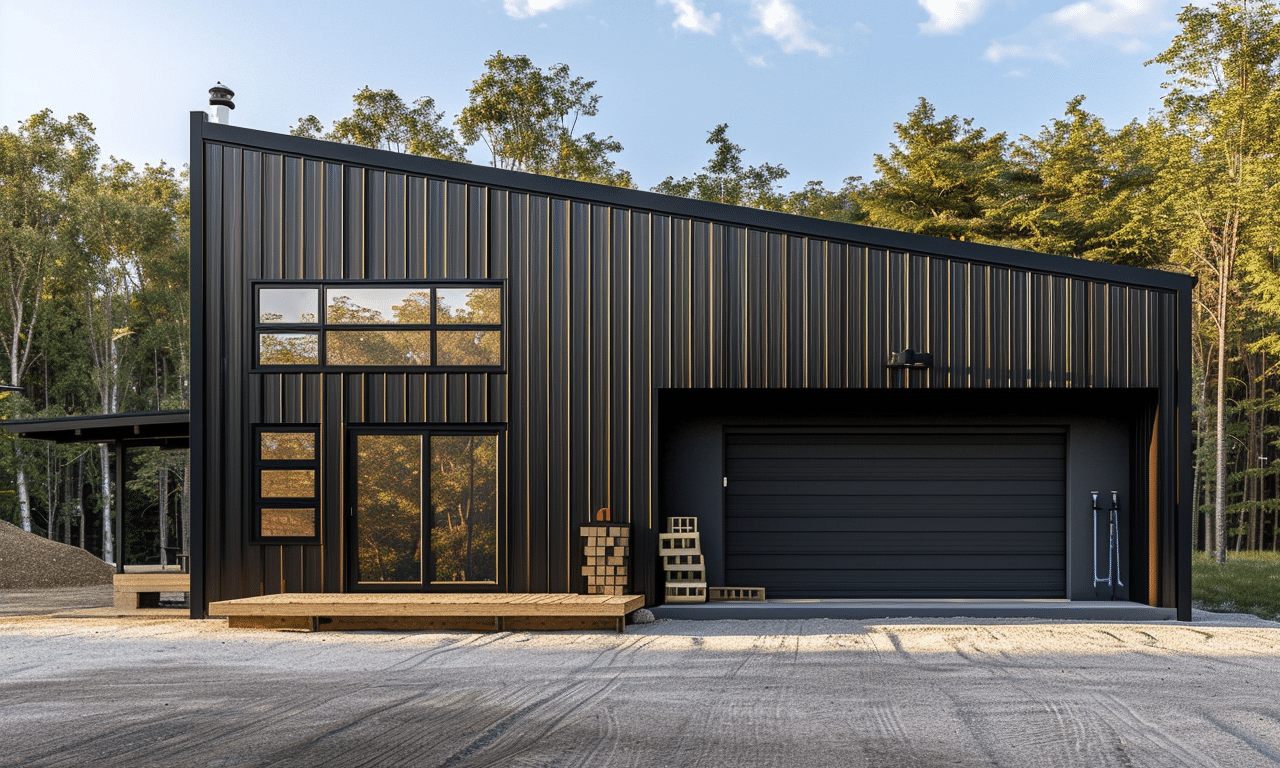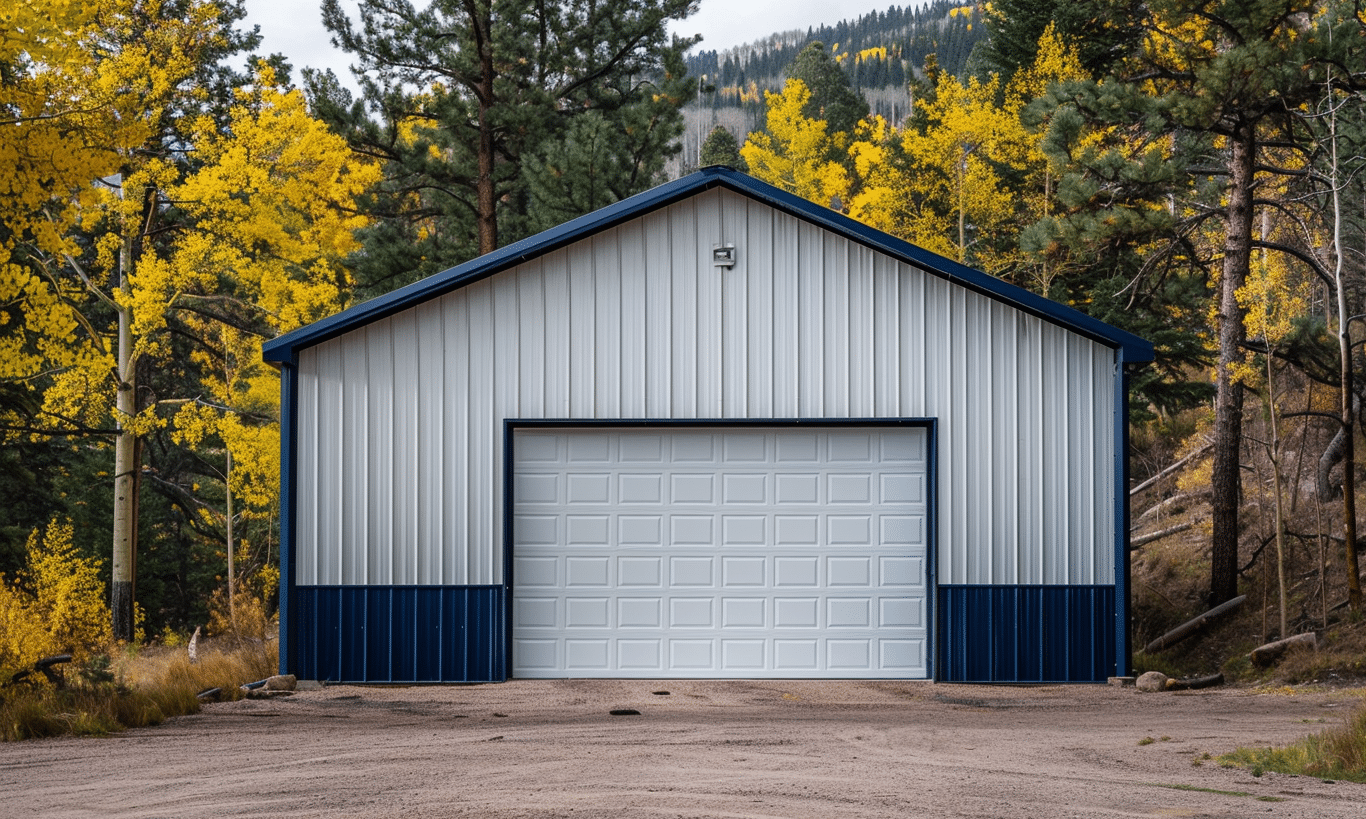In today’s world, the importance of building efficiency cannot be overstressed. With rising energy costs and growing environmental concerns, finding ways to reduce energy consumption has become vital for homeowners, businesses, and industries alike. One of the key components that can significantly contribute to achieving building efficiency is insulation. In this blog post, we delve into the pivotal role of insulation in building efficiency, unraveling how it transforms spaces into energy-efficient havens.
The Foundation of Building Efficiency: Insulation
Insulation acts as the unsung hero in the quest for improved building efficiency. Imagine your house wrapped in a warm, cozy blanket during the harsh winter months or a crisp, refreshing shade during the sweltering summer heat. This is precisely what insulation does—it regulates the internal temperature, keeping it stable irrespective of external weather conditions. So, why is insulation in building efficiency so crucial?
Reducing Energy Consumption
When it comes to reducing energy consumption, insulation emerges as a game changer. Consider your home or office as a leaky ship; without proper insulation, you’re merely trying to bail out water with a bucket full of holes. By insulating your building, you create a resistance to heat flow, ensuring that both warm and cool air remain right where they belong, inside your living spaces. This means less reliance on heating and cooling systems, leading to substantial energy savings.
Echoing this, upgrading to energy-efficient windows in conjunction with proper insulation can further enhance this effect, acting as a secondary shield against undesirable temperature fluctuations.
Insulation and Its Types: A Brief Overview
Insulation comes in a variety of forms, each tailored to address specific needs. From fiberglass batts to spray foam and rigid panels, each type offers unique advantages. For instance, spray foam is excellent for sealing small cracks and crevices, while rigid panels are ideal for flat surfaces and walls. The choice of insulation depends on factors like climate, building design, and budget constraints. If you’re contemplating a guide to steel building insulation, there are comprehensive resources available to help make the right choice.
Environmental Benefits of Insulation
Insulation not only champions building efficiency but also resonates with environmental sustainability. By reducing energy consumption, insulation significantly decreases the carbon footprint of a building, making it a friendlier option for the planet. Imagine a domino effect: as energy consumption drops, power plants burn less fossil fuel, subsequent carbon emissions reduce, ultimately leading to slowed global warming.
Appreciating the environmental aspect, initiatives like those propelled by Canada Mortgage and Housing Corporation – Role of Insulation emphasize insulation’s critical role in maintaining efficient and sustainable buildings.
Cost-Effectiveness and Long-Term Savings
It’s often said that insulation pays back in spades—and this isn’t merely a metaphorical statement. While initial installation may require investment, the long-term savings on utility bills make it a cost-effective solution. Insulation acts like interest on a savings account; the more you invest in it, the more you save over time. This is especially beneficial if you are considering temporary or 24×30 steel building kits. These prefabricated structures can gain significantly from added insulation, preventing energy loss and enhancing longevity.

Customized Solutions for Different Regions
Different regions, different climates, varying insulation needs—this statement holds enormous truth, especially in a diverse country like Canada. Take Ontario, for example; with its distinct seasons, it demands tailored insulation solutions. Fortunately, there are specialized Ontario steel building solutions crafted to withstand these weather shifts. Such localized solutions ensure maximum efficiency and energy conservation.
Innovations and Trends in Building Insulation
The world of insulation is continuously evolving with emerging technologies and trends. From eco-friendly and recycled materials to advanced insulative techniques, the horizon of possibilities is expanding. These innovations not only enhance efficiency but also add aesthetic appeal to buildings. Consider the example of a 24×30 steel building kit, where modern solutions can transform traditional designs, making them more appealing and efficient.

Conclusion: Insulation as the Pillar of Building Efficiency
In conclusion, the role of insulation in building efficiency is multifaceted and profound. It goes beyond mere aesthetic and comfort purposes; insulation serves as the linchpin for energy efficiency, environmental sustainability, and cost savings. Whether you’re upgrading an existing structure or considering new builds like those with 24×30 steel building kits, prioritizing insulation is a strategic move that yields long-term benefits.
The path to efficient buildings is layered with smart choices and sustainable practices—and insulation is a pivotal piece of this puzzle. Armed with this knowledge, you can make informed decisions, optimizing your building for performance, savings, and ecological harmony. As you stand at the crossroads of innovation and efficiency, remember—insulation is more than just a material; it’s the backbone of a better tomorrow.











